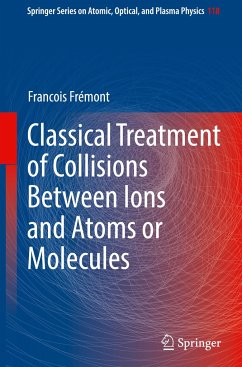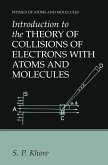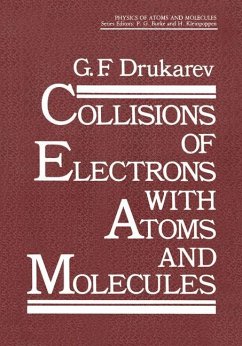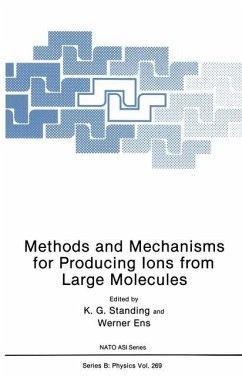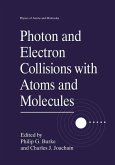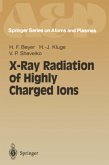Since the beginning of the twentieth century, many experimental and theoretical works have been devoted to collisions between highly charged ions and atomic and molecular targets. It was realized that quantum mechanics is the only way, a priori, to describe such atomic phenomena. However, since quantum mechanics is very difficult to apply for collision systems with more than two particles, classical methods were very soon introduced and applied to simple collision systems and, subsequently, to more complicated systems. The results obtained by such classical methods were found to be surprisingly good, and classical mechanics is now well established, despite its approximations, as a replacement for or competition with quantum mechanics in many cases.
In this book, the author will focus on the development of classical methods for describing collisional and post-collisional processes. The results will be compared with those found using quantum mechanical models, in orderto demonstrate the ability of the classical approach to obtain many features and details of collision systems.
In this book, the author will focus on the development of classical methods for describing collisional and post-collisional processes. The results will be compared with those found using quantum mechanical models, in orderto demonstrate the ability of the classical approach to obtain many features and details of collision systems.

